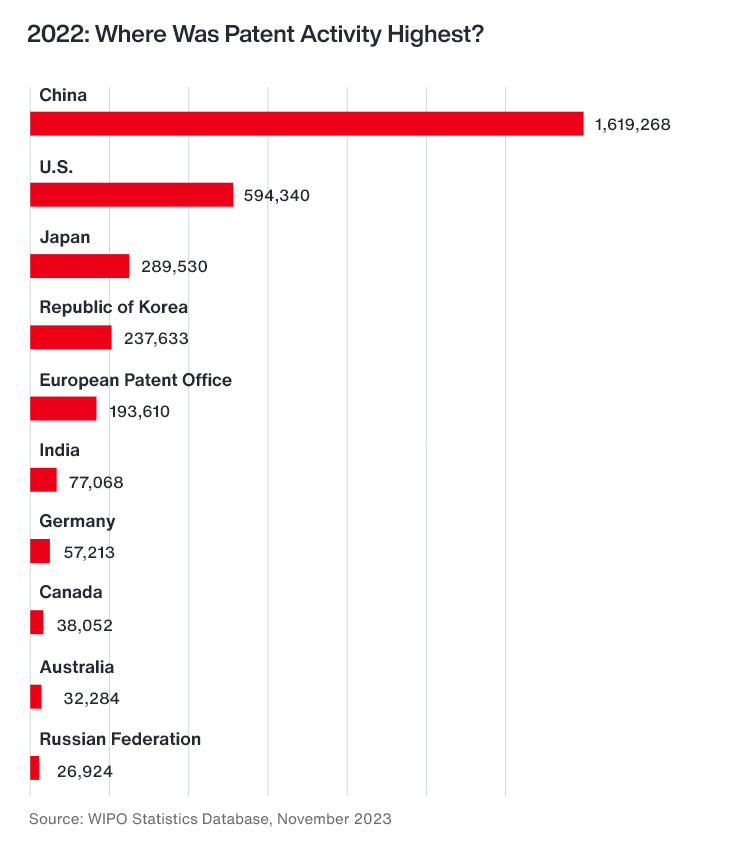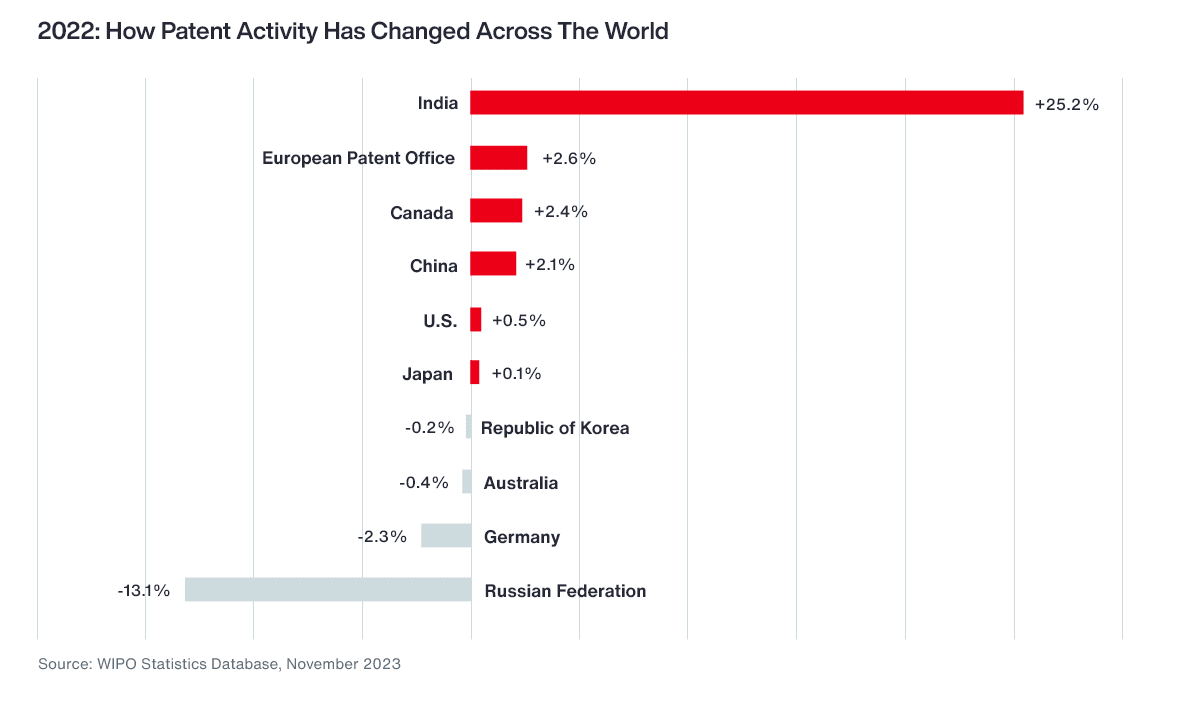Patent Owners Have a Decision to Make
Companies still have the option to obtain European patents and litigate through the national courts. Patent owners
can convert their patents into unitary patents or opt-out. This is a difficult decision, as there are clear benefits
for opting into the UPC. However, it could also be a disadvantage due to the risk of patent invalidation impacting
operations across participating UPC countries.
Challenging a patent on the grounds that the claimed invention lacks novelty is known as a patent invalidation
proceeding. Previously, if the proceeding was successful, there were multiple lines of defences with patents filed
in each country. For UPC patents, there is only one patent to defend the technology.
A large proportion of companies are considering a mixed intellectual property (IP) strategy, opting in only a
proportion of their patents to the UPC. This approach can maintain the benefits of the UPC for some patents but can
in turn keep the most valuable ones protected through multiple jurisdictions individually/separately.
An Outlook on Litigation Trends
With the launch of the UPC, there’s potential for an increase in the frequency and severity of patent
infringement
cases. Despite the UPC only launching in June 2023, a headline case has already settled leading to the defendant
filing for chapter 11 and many other cases are pending.6
The swathes of activity in the immediate aftermath of the UPC launch indicate shifting trends. The majority of the
plaintiffs thus far in 2024 are multinational corporates as opposed to non-practicing entities (NPEs). Smaller
companies will need to apply a carefully-considered strategy to manage litigation risk, as the UPC enables NPEs to
take advantage of condensed timelines.
The primary strategy for NPEs is to purchase patents for the sole purpose of profit through litigation. This often
targets smaller companies, which typically have limited expertise in handling an infringement suit, resulting in
settlement. The laws of the UPC state the defendant will have as little as two months to prepare a defence, whereas
the national court normally allows up to six months. The shorter period could leave inexperienced companies at even more of a disadvantage defending against NPEs.
Invest in Risk Management Strategies to Navigate Changing Pressures
A new court system that makes patent litigation cheaper and quicker with the potential for higher damages will make
Europe a more attractive place for future litigation. For companies with European revenues and a focus on
innovation, this new exposure should be high on risk managers' radar. They should also consider intellectual
property liability insurance to help ringfence this exposure.
The combination of lower pricing, greater capacity and evolving coverage deems IP litigation insurance one of the key
tools for helping manage rapidly changing risks and protecting balance sheets. Businesses should work with a
specialist team to:
- Assess risk exposures
- Adjust risk profiles
- Invest in risk management strategies
Focusing efforts around these three areas can help protect a company’s valuable assets, while maintaining a
competitive edge in a rapidly changing landscape.











































































































